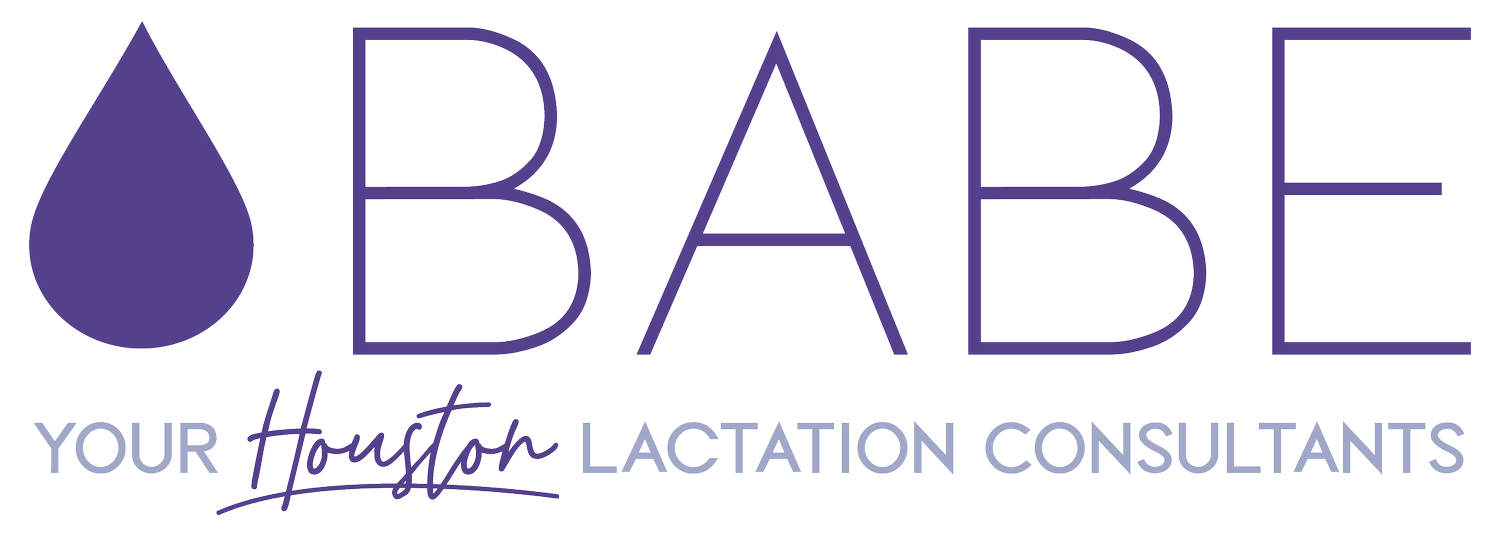From Bottle to Breast
You find out you’re going to have a baby! You and your partner attend all the pregnancy, birthing and breastfeeding classes you can find. You read everything you can with every chance you get to plan your vaginal birth and breastfeeding experience...then, the time is here. You think you’re in labor, and it’s confirmed, your new baby is on the way!
You and your partner scramble around to load all of your bags that have been sitting by the door for weeks into the car. Excited and nervous, you begin driving down the road that will never be driven down in the same way again. Upon arrival at the hospital, your new journey has begun. You get to your room, monitors and IV’s are placed and your labor pains begin to increase.
You begin pushing, and then pushing again. After pushing for two hours, your baby’s heart rate begins dropping and your doctor tells you a cesarean section is necessary.
Exhausted, confused and scared, you agree to proceed. Your baby is delivered and taken to the Neonatal Intensive Care Unit (NICU).
After hours of separation from your newborn and pumping your breasts consistently while your baby is being bottle-fed, the time has finally come: your baby is finally brought to your room. Excited to nurse your baby for the first time, you bring baby to your breast.
Attempting to latch your baby, you become discouraged as he opens his mouth and your nipple is inside but he will not latch onto your breast. After several attempts, you are able to encourage him to latch, only for him to get frustrated at the breast and then sleepy.
You know your baby needs to eat, so you reluctantly give him a bottle.
Weeks go by with unsuccessful breastfeeding attempts that result in exclusive pumping and bottle feeding your baby.
Now what? Your birth experience did not go as you had planned and now your breastfeeding experience seems to be out of your control too.
Many planned or unplanned circumstances can lead a family to choose to bottle feed their newborn. Whether the baby is provided expressed breastmilk through indirect breastfeeding or provided formula, some infants will begin to prefer a bottle. Though some babies have no problem taking a bottle then gladly returning to the breast, there are some who may not be as accepting of direct breastfeeding after having been bottle-fed.
The “why’s”…”why is my baby taking a bottle but not my breast”:
Milk flow preference:
Babies will often prefer a faster continuous milk flow over a slower flowing breast.
Artificial nipple preference:
The firm long structure of an artificial nipple provides an easy to latch “super stimulus” that will often be preferred over moms shorter softer nipples.
Volume intake expectations:
Bottle feeding often leads to infants eating too fast and taking in higher milk volume than they would usually take from the breast. Higher milk intake per feed can lead to a baby’s tiny tummy stretching beyond normal capacity, which can lead to an expectation to continue to expect a larger volume. Many mothers do not have a storage capacity that may be able to provide this higher volume at each feed.
Latch technique:
It is often easy for a caregiver and a baby to bottle feed in a manner that is nothing like latching and feeding from a breast. Sticking a bottle nipple in a baby’s mouth before they “invite” the nipple into their mouths as well as a baby “slurping” in a bottle nipple can lead to a replication of this behavior when baby tries to latch to the breast. Allowing baby to suck on the tip of a nipple teat rather than taking in the entire teat with flanged lips can also promote an improper latch at the breast. A poor latch can lead to pain for mom and decrease in milk flow for baby.
The “how’s”…”How can I work with my baby to accept my breast”:
Milk flow preference:
Using a slow flow bottle brand (flow rate is not universal), positioning baby in an upright position and bottle parallel to floor with visible milk outside baby’s mouth filled only half way in nipple teat. This can help “teach” baby what normal milk flow should be.
Volume intake expectations:
Offering baby an appropriate volume for age and feeding frequency. Allowing baby to take breaks from milk flow will help baby “realize” volume taken in to allow more appropriate intake. Watching baby for signs of satiation and avoiding additional milk past this point can also be helpful.
Artificial nipple preference:
Working with baby to become familiar with mother’s natural nipple/breast at every feed can be helpful. Offer the breast before and/or after a feeding session or allowing baby to suck on a clean finger instead of a pacifier.
Latch technique:
Using similar techniques with latching a baby to a bottle as latching an infant to the breast can help them learn how to latch better. These techniques include: waiting for baby to open wide before allowing baby to latch to nipple teat (avoiding baby “slurping” or caregiver pushing nipple into mouth), encouraging a deep latch taking most of nipple teat into mouth and infant lip flanging.
Need additional support or assistance? The BABE team is always here to help. Schedule an appointment with us for complete support on your breastfeeding journey.

